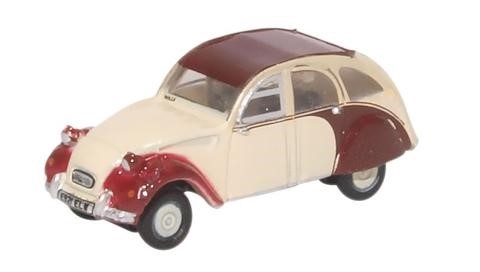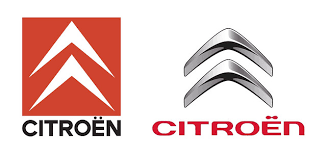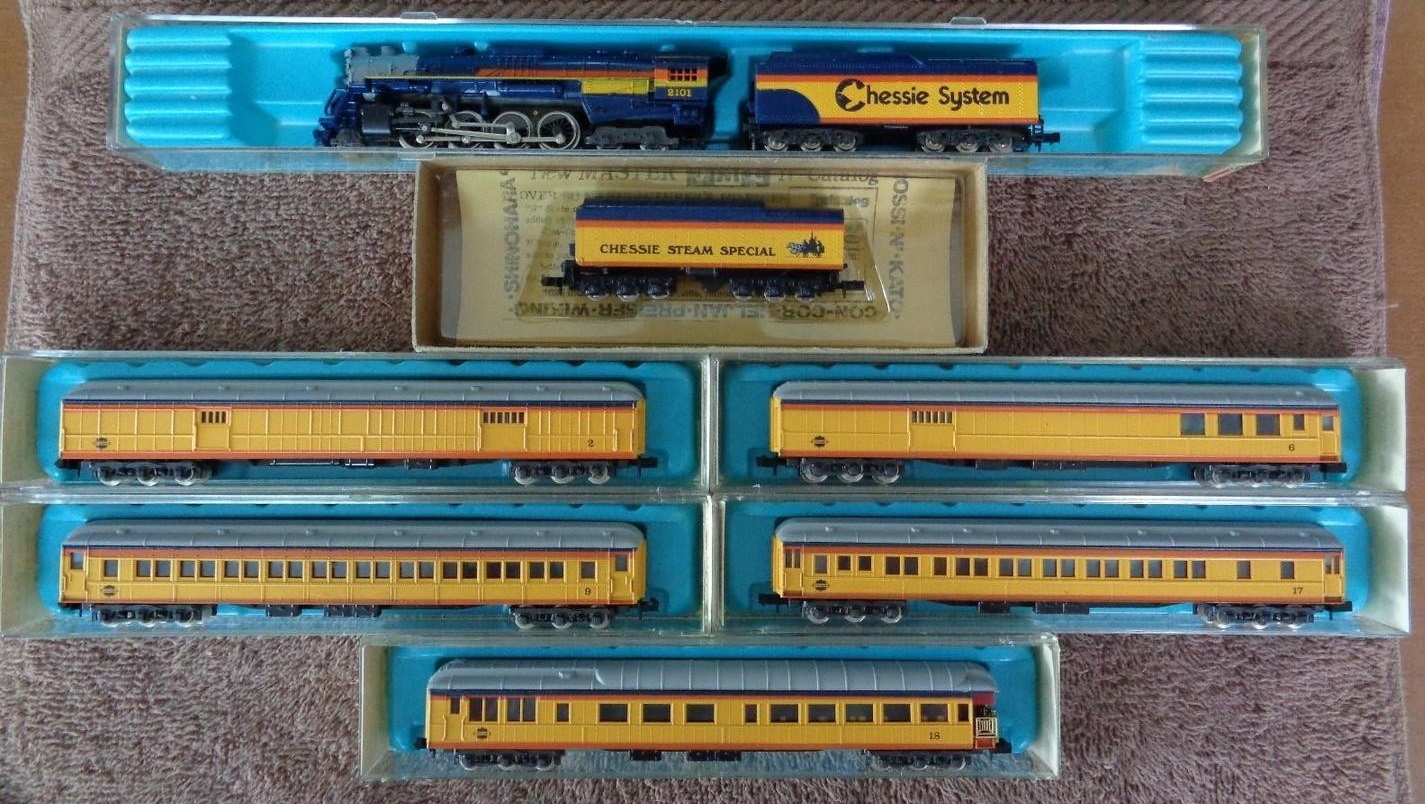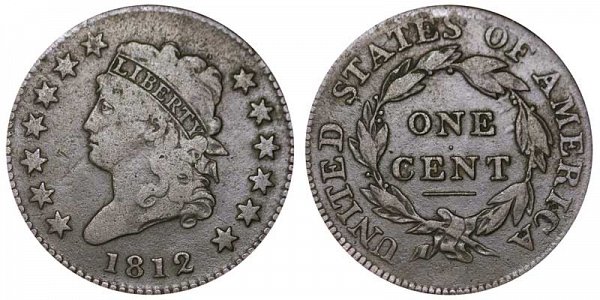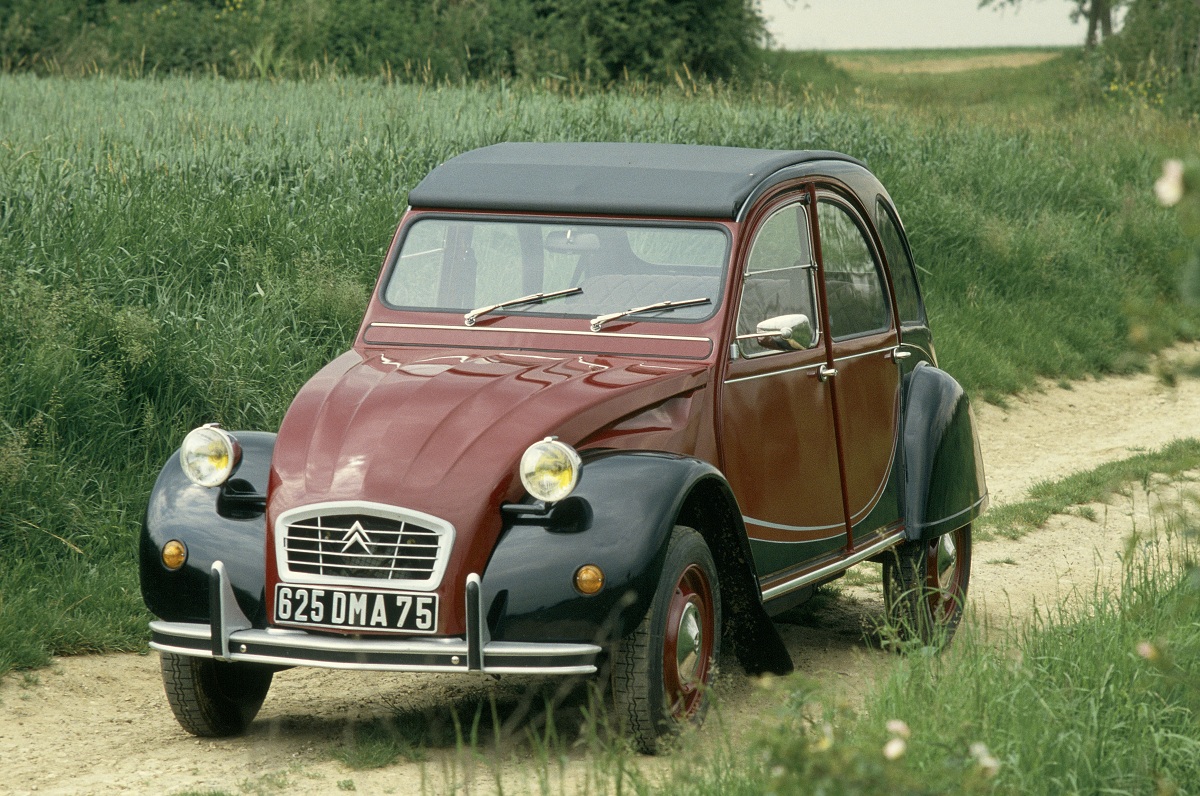Specific Item Information: Oxford Diecast N NCT005 Citroen 2CV Plum/Custard.
Very much a girl about town car of the 1980s, registered E921 ELW from 1987-88. Decorated in one of the most popular colour schemes of the time – cream and maroon, the addition of the slightly lighter maroon toned roll-back canvas sun roof was a must!
Very much a girl about town car of the 1980s, registered E921 ELW from 1987-88. Decorated in one of the most popular colour schemes of the time – cream and maroon, the addition of the slightly lighter maroon toned roll-back canvas sun roof was a must!
Model Information: Factory painted and assembled, the Oxford Diecast line of metal vehicle models are 1:148 (British) N-Scale.
Prototype History: The Citroën 2CV (French: pronounce "deux chevaux" i.e. "two fiscal horsepower", often nicknamed Deuche or Deudeuche) is an air-cooled front-engine, front-wheel-drive economy car, manufactured by Citroën for model years 1948–1990.
Conceived by Citroën before WWII as TPV ("Très Petit Véhicule", very small vehicle) to help motorise the large number of farmers still using horses and carts, the 2CV was only industrialised after the war and introduced at the 1948 Paris Mondial de l'Automobile. It has a combination of innovative engineering and utilitarian, straightforward metal bodywork — initially corrugated for added strength without added weight. The 2CV featured low cost, simplicity of overall maintenance, an easily serviced air-cooled engine (originally offering 9 hp), low fuel consumption, and an extremely long-travel suspension offering a soft ride and light off-road capability. The fixed-profile convertible bodywork featured a full-width, canvas, roll-back sunroof, which accommodated oversized loads and until 1955 reached almost to the car's rear bumper.
More than 3.8 million 2CVs were produced, along with over 1.2 million small 2CV-based delivery vans known as fourgonnettes. Citroën ultimately offered several mechanically identical variants including the Ami (over 1.8 million), the Dyane (over 1.4 million), the Acadiane (over 250,000) and the Mehari (over 140,000). In total, Citroën manufactured almost 9 million 2CVs and variants.
From Wikipedia
Conceived by Citroën before WWII as TPV ("Très Petit Véhicule", very small vehicle) to help motorise the large number of farmers still using horses and carts, the 2CV was only industrialised after the war and introduced at the 1948 Paris Mondial de l'Automobile. It has a combination of innovative engineering and utilitarian, straightforward metal bodywork — initially corrugated for added strength without added weight. The 2CV featured low cost, simplicity of overall maintenance, an easily serviced air-cooled engine (originally offering 9 hp), low fuel consumption, and an extremely long-travel suspension offering a soft ride and light off-road capability. The fixed-profile convertible bodywork featured a full-width, canvas, roll-back sunroof, which accommodated oversized loads and until 1955 reached almost to the car's rear bumper.
More than 3.8 million 2CVs were produced, along with over 1.2 million small 2CV-based delivery vans known as fourgonnettes. Citroën ultimately offered several mechanically identical variants including the Ami (over 1.8 million), the Dyane (over 1.4 million), the Acadiane (over 250,000) and the Mehari (over 140,000). In total, Citroën manufactured almost 9 million 2CVs and variants.
From Wikipedia
Road Name History: 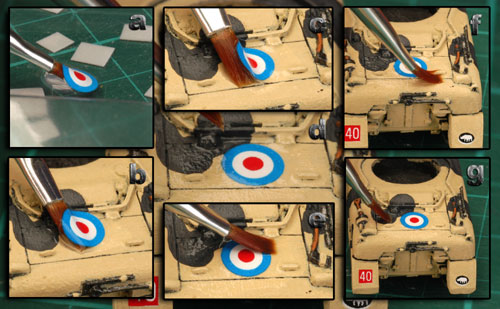 Some items are designed to have their owner add whatever company marking they choose, usually in the form of decals or dry-transfers. These items are painted in a generic prototypical fashion but with all company affiliation deliberately left off.
Some items are designed to have their owner add whatever company marking they choose, usually in the form of decals or dry-transfers. These items are painted in a generic prototypical fashion but with all company affiliation deliberately left off.

Manufacturer Information: Established in 1993, Oxford Diecast is a British Company that specializes in high-quality die-cast metal vehicles. Produced in various scales, the firm's models are marketed as collector items, gifts, and promotional products. Their largest production goes to OO scale (1:76) and in 2015 they introduced railway products under 'Oxford Rail' brand.
Their N-scale collection is using the 1:148 scale ratio as most British manufacturers.
Their N-scale collection is using the 1:148 scale ratio as most British manufacturers.
Item created by: gdm on 2018-01-11 08:17:59
If you see errors or missing data in this entry, please feel free to log in and edit it. Anyone with a Gmail account can log in instantly.
If you see errors or missing data in this entry, please feel free to log in and edit it. Anyone with a Gmail account can log in instantly.


